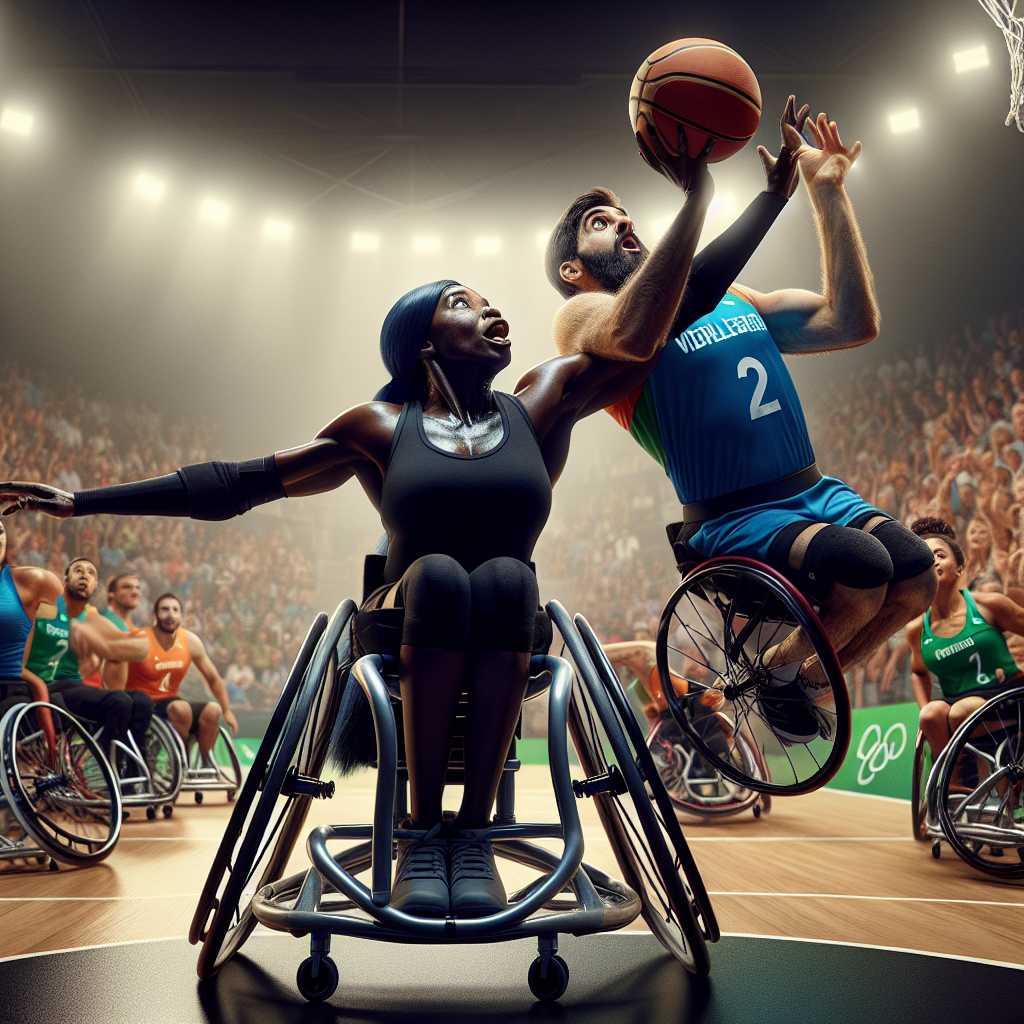Understanding Wheelchair Basketball at the Paralympics: A Comprehensive Guide
Introduction to Wheelchair Basketball in the Paralympic Games
Wheelchair basketball has been a cornerstone of the Paralympic Games since it was first introduced in Rome in 1960. The sport offers a dynamic and competitive environment that parallels the able-bodied version, tailored to athletes with varying physical disabilities. Over the years, wheelchair basketball has evolved and now showcases some of the finest talents in adaptive sports, reflecting the Paralympic movement’s underlying ethos of courage, determination, inspiration, and equality.
History and Evolution of Wheelchair Basketball in the Paralympics
The inception of wheelchair basketball began shortly after World War II as a form of rehabilitation for war veterans with spinal cord injuries. It quickly developed into a competitive sport and was among the original eight sports when the Paralympic Games were established. Since then, it has grown in popularity and skill level, with technological advancements in wheelchair design contributing to the dynamic nature of the game.
Rules and Court Specifications
To accommodate athletes with various levels of disabilities, the game is played with slightly modified rules from traditional basketball. The court size and hoop height remain the same, but aspects such as traveling differ. Players must dribble the ball after every two pushes on their wheels to avoid being penalized for traveling. The classification system ensures athletes with equivalent levels of functionality compete against each other, maintaining fairness.
Wheelchair Technology and Innovation
Modern wheelchair basketball sees highly specialized and advanced equipment utilized by players. Custom-made chairs made of lightweight yet durable materials optimize mobility and stability, while wheel designs provide maximum speed and agility. This technological progression has significantly improved performance levels and broadened the sport’s appeal.
Training and Preparation of Athletes
Preparation for the Paralympics is intense for wheelchair basketball players who pursue rigorous training regimens tailored to enhance their physical and tactical competencies. Strength, conditioning, teamwork, and strategy are key elements that coaches focus on during training sessions. Athletes also engage in psychology and nutrition programs to ensure they’re prepared both mentally and physically.
Global Representation at the Games
Wheelchair basketball is one of the most prominent team sports in the Paralympic program with widespread participation. Countries from all continents field teams in both men’s and women’s competitions, underlining the global reach and diversity that Paralympics encourage and represent. Notable contenders traditionally include nations like the USA, Canada, Australia, Great Britain, and various European countries, indicating a high level of worldwide competition.
Inspirational Stories from Past Paralympic Competitions
The sport has produced numerous inspiring figures who have overcome adversity to achieve greatness on the court. Stories of personal triumphs, various backgrounds, united by their passion for wheelchair basketball, resonate beyond the sport, inspiring individuals across the world.
Impact of Wheelchair Basketball on Disability Awareness
Wheelchair basketball is not just a competitive event; it serves as a platform to challenge misconceptions about disability. Its visibility in the Paralympics demonstrates remarkable athleticism and serves as a positive influence in promoting inclusivity and changing societal perceptions about what a differently-abled individual can achieve.
Notes
Image description: An action-packed moment from a wheelchair basketball game at the Paralympics shows two athletes fiercely contesting for a ball mid-air. One athlete arches towards the ball ready to shoot while being closely defended by an opposing team player showcasing determination on both faces. The stands are filled with an enthusiastic crowd cheering, symbolizing the sport’s vitality and impact.
